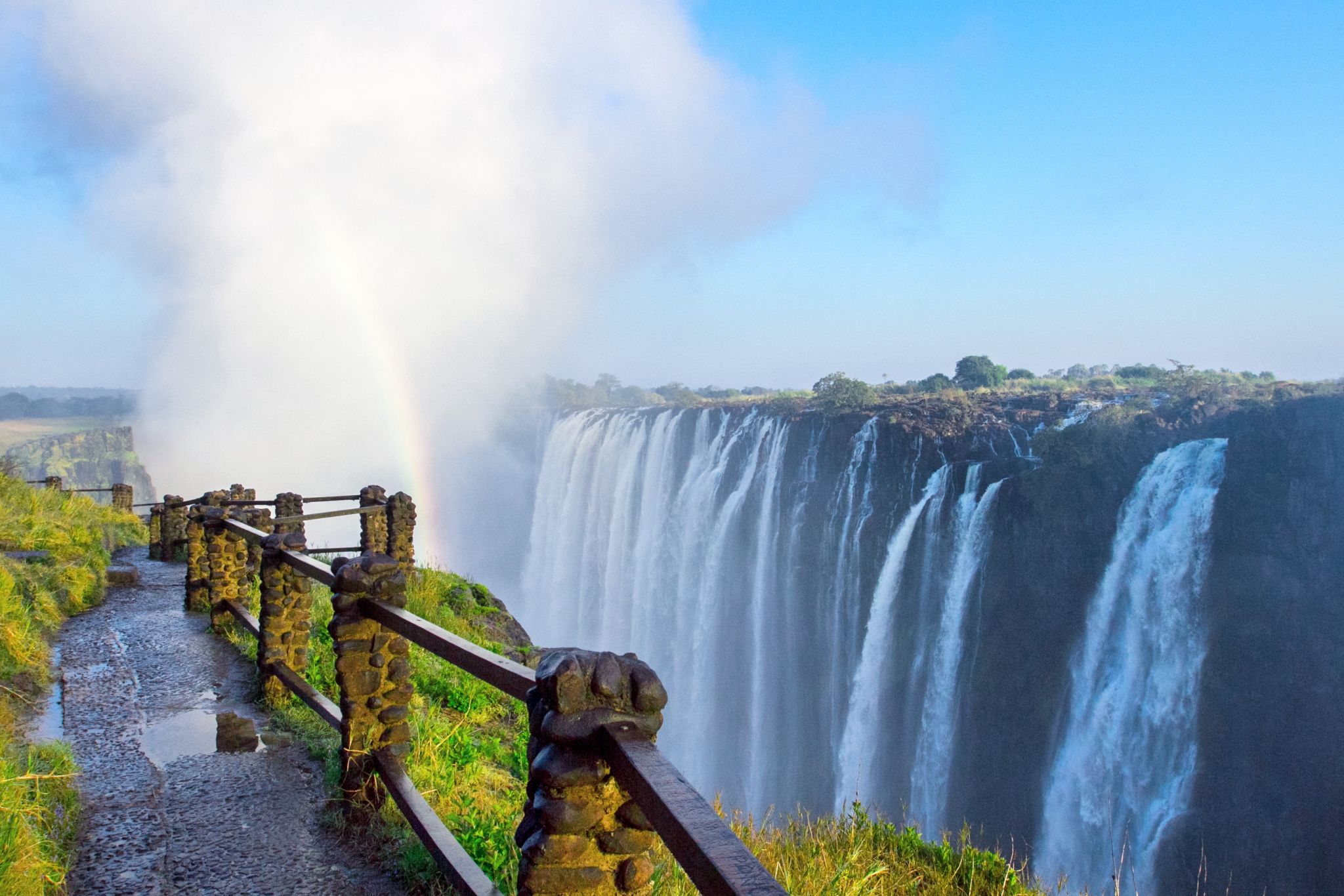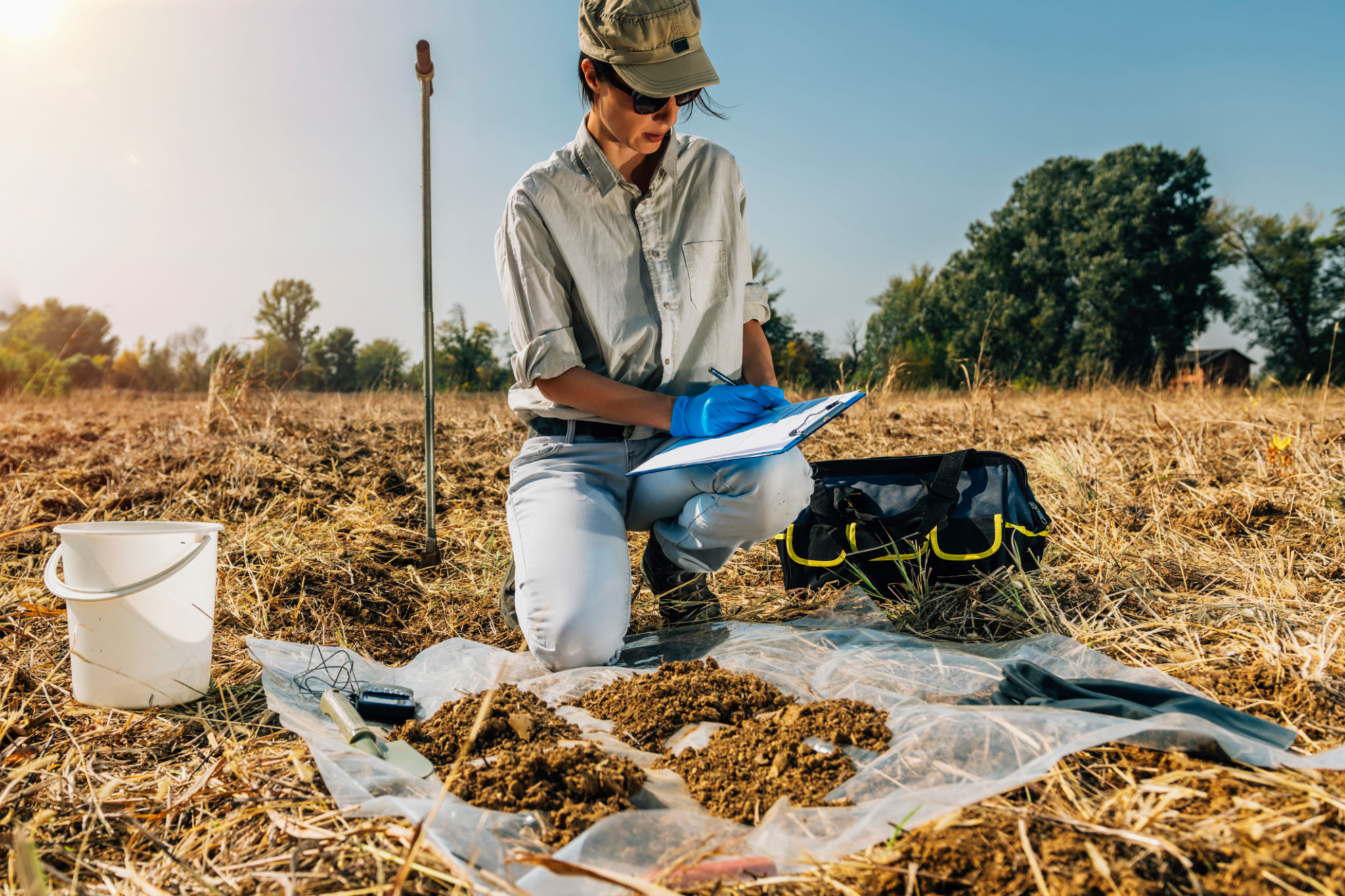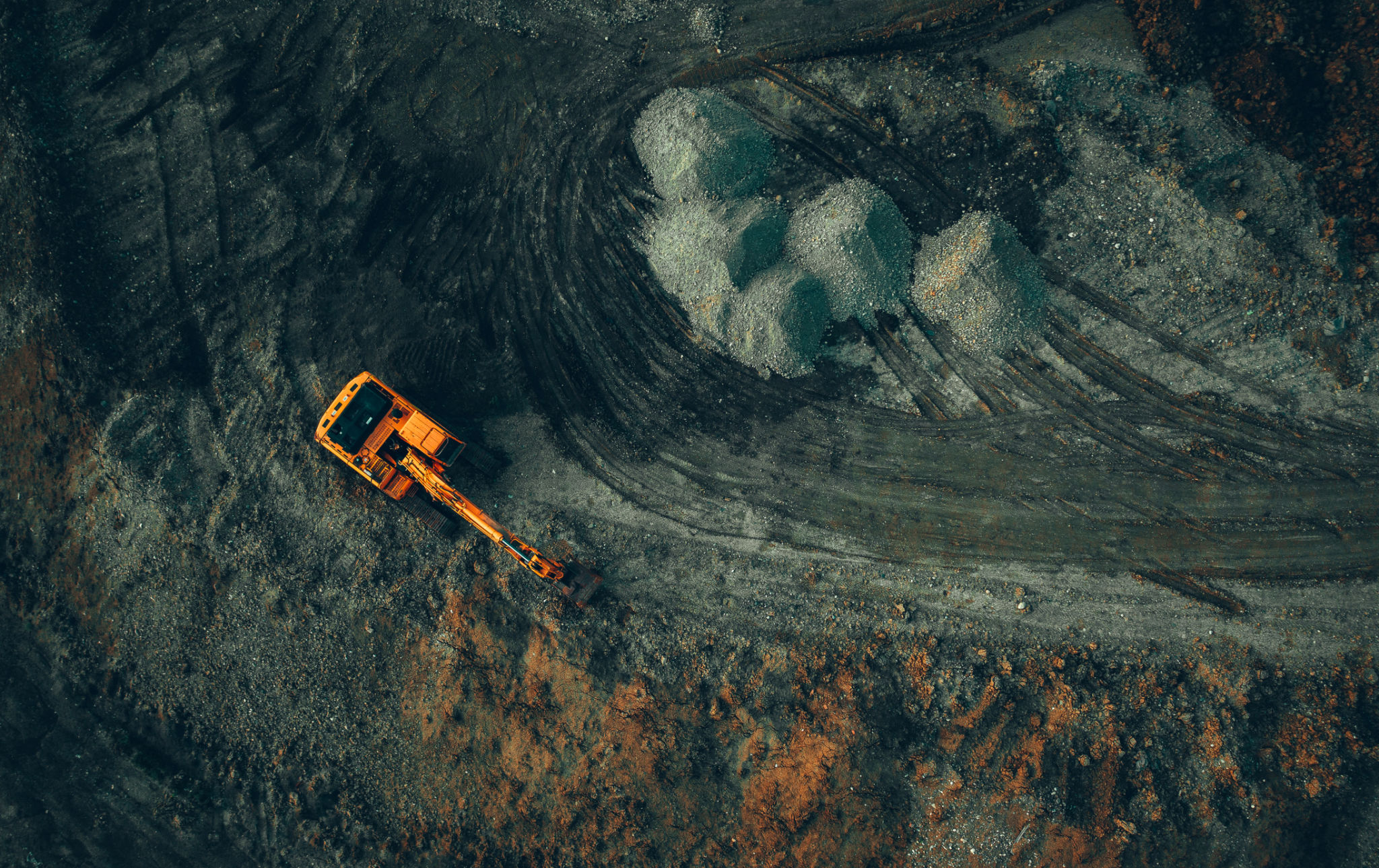Unlocking Mineral Deposits: The Science Behind Geological Prospecting in Zambia
The Rich Geological Landscape of Zambia
Zambia is renowned for its vast mineral wealth, a crucial aspect of its economy. The country's geological landscape is rich with copper, cobalt, emeralds, and other minerals. This abundance presents significant opportunities for geological prospecting, a scientific method used to locate and evaluate these mineral deposits. Understanding the science behind geological prospecting in Zambia is essential for unlocking these hidden treasures.

Geological Prospecting Techniques
Various techniques are employed in geological prospecting to identify potential mineral deposits. Geophysical surveys use methods such as magnetic and seismic surveys to detect variations in the Earth's physical properties. These variations can indicate the presence of mineral-rich areas beneath the surface.
Geochemical analysis is another critical technique. This involves sampling soil, water, and rocks to detect trace elements that may signal the presence of minerals. By studying these chemical signatures, geologists can pinpoint areas worth further exploration.

Remote Sensing and GIS
The advent of technology has revolutionized geological prospecting with tools like remote sensing and Geographic Information Systems (GIS). Remote sensing involves capturing data from satellite images to analyze the Earth's surface without physical contact. GIS integrates this data, allowing geologists to create detailed maps that highlight potential mineral sites.
This technology enhances accuracy, reduces time, and lowers costs associated with traditional prospecting methods. It also allows for better environmental management by minimizing the impact on surrounding ecosystems during the exploration phase.

The Role of Geologists
Geologists play a crucial role in the prospecting process. Their expertise in interpreting geological data ensures that exploration is both efficient and effective. Geologists meticulously study rock formations, structures, and mineral compositions to determine the viability of mining operations.
They also assess potential risks, such as environmental impact and economic feasibility, before any mining activity commences. By understanding these factors, geologists help guide decision-making processes, leading to sustainable and profitable mining ventures.
Sustainable Exploration Practices
Sustainability is a growing concern in the mining industry. In Zambia, adopting sustainable exploration practices is vital to protect the environment and local communities. This includes measures like reducing land disturbance, recycling water used in exploration processes, and engaging with local stakeholders.
By prioritizing sustainability, mining companies can ensure that their operations do not compromise the ecological balance or the well-being of communities dependent on natural resources. Responsible prospecting thus becomes a cornerstone for long-term success in Zambia's mining sector.

The Economic Impact of Mineral Prospecting
The successful identification and extraction of mineral deposits have a profound impact on Zambia's economy. Mining contributes significantly to national GDP, provides employment opportunities, and attracts foreign investment. As new deposits are discovered and developed, the benefits ripple through various sectors, fostering growth and development.
Moreover, with advancements in prospecting techniques, Zambia is poised to enhance its position as a major player in the global mining industry. By leveraging its geological potential responsibly, the country can secure economic prosperity for future generations.
